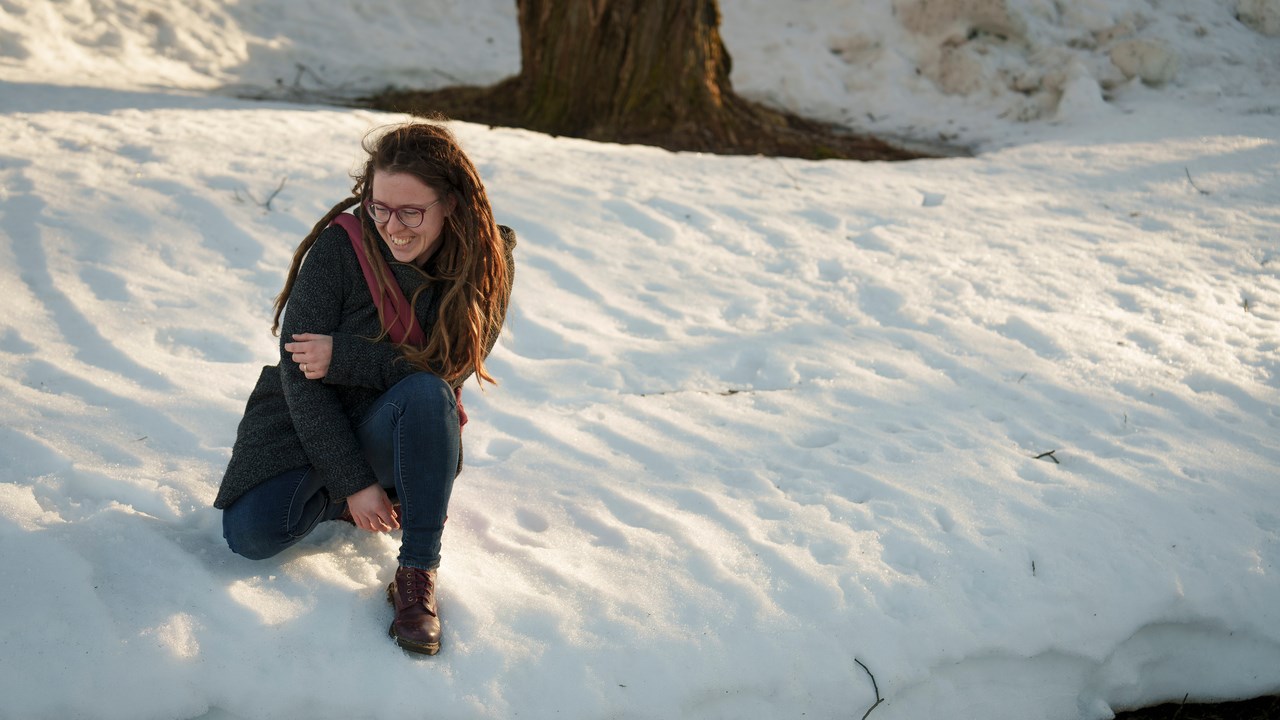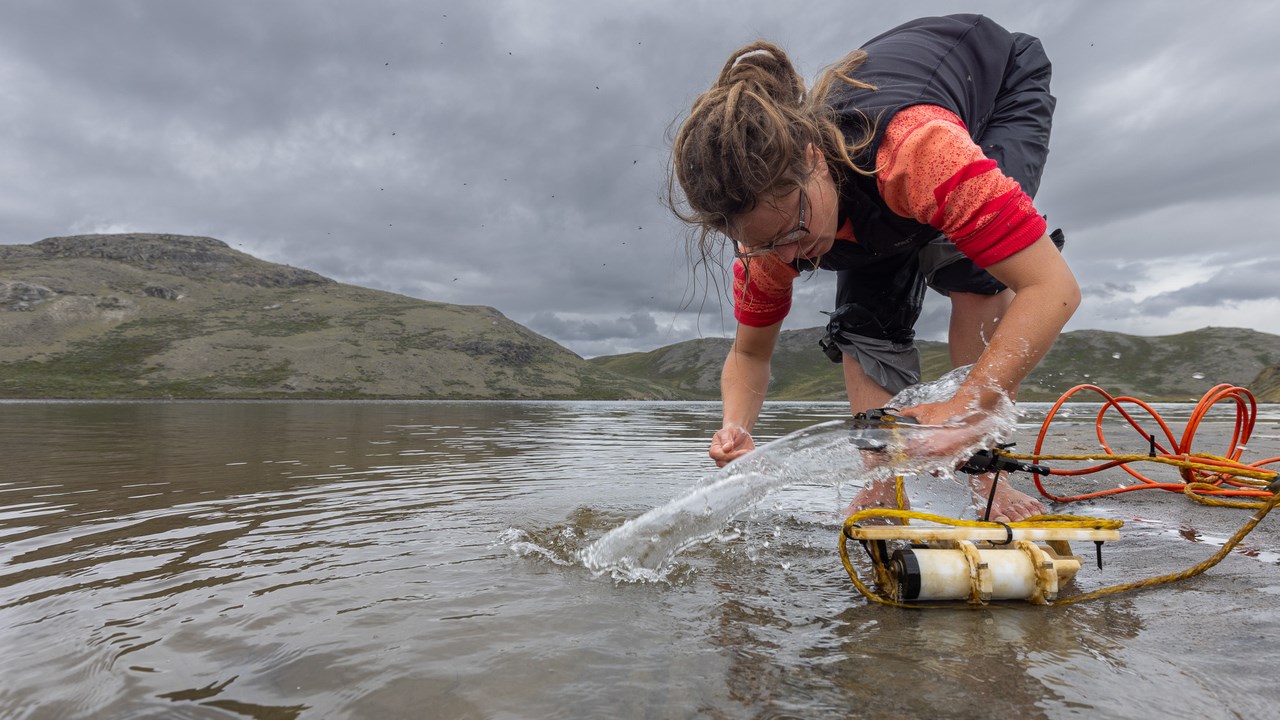
Peering through the ice to uncover the secrets of Arctic lakes
PROFILE Lakes are important on a global scale for carbon storage. Václava Hazuková, researcher with a love for water, is on a mission to learn everything she can about carbon storage in Arctic lakes. This mission has brought her to Umeå, where she as a KBC-Kempe postdoc combines expertise across scientific disciplines to study carbon cycling and make the picture of Artic lakes as crystal clear as possible.











